Your baby is now officially an embryo and is about the size of a poppy seed.
Please visit www.nhs.uk/conditions/pregnancy-and-baby/4-weeks-pregnant/ for more information.
Local Maternity and Neonatal System
View navigation
Pregnancy journey
Some women will develop pain in their pelvis at later stages of pregnancy. This may happen during walking or when getting in and out of bed or a car. This is known as pelvic girdle pain (PGP) or symphysis pubis dysfunction (SPD).
PGP is caused by the hormone relaxin which your body produces in pregnancy to allow it to stretch and grow your baby. Although PGP can be very painful to you, it will not harm your baby.
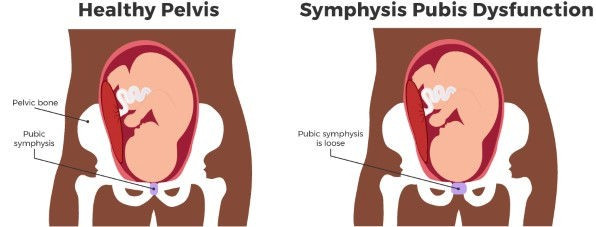
The pain may be worse on movement – walking, going up and down the stairs, movement using one leg, turning over in bed, moving legs apart – e.g. getting out of the car.
If you are experiencing symptoms of PGP and are concerned please contact your maternity team. Your midwife or GP may refer you to physiotherapy which may help.
You may be advised to:
You will still be able to have a vaginal birth with PGP and it isn’t usually recommended you have an induction of labour for this reason alone. Using a birthing pool may assist with the pain of PGP and labour, taking pressure off your joints. Other pain relief is available for you including an epidural.
PGP pain usually improves following the birth of your baby, with only 1 out of 10 women still experiencing ongoing pain. It is advised if this happens, to continue the above advice, with regular pain relief and heat therapy. Physiotherapy may also continue to help if required.
For more information on PGP in pregnancy please access the NHS website here , the Royal College of Obstetricians and Gynaecologists patient information leaflet here , and the society of Pelvic Obstetric and Gynaecological Physiotherapy (POGP) leaflet here .
The Pelvic Partnership also offers support and information to women experiencing pregnancy-related pelvic girdle pain, their website is here.
‘Your body’s journey during pregnancy and after birth’ videos on the link here have been developed by the pelvic health physio team at Imperial College Hospital, London. They are a fantastic resource that we urge you to view them.
The videos include 'pelvic floor exercises during and after pregnancy' and 'back and pelvic pain during pregnancy'.
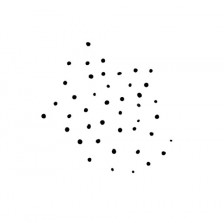
Your baby is now officially an embryo and is about the size of a poppy seed.
Please visit www.nhs.uk/conditions/pregnancy-and-baby/4-weeks-pregnant/ for more information.
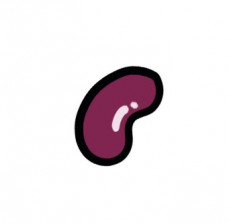
Your baby is now the size of a kidney bean and weighs 1g.
Please visit www.nhs.uk/conditions/pregnancy-and-baby/8-weeks-pregnant/ for more information.
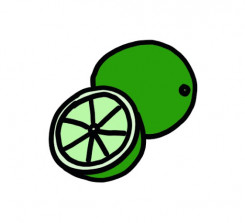
Welcome to the second trimester!
Your baby is about the size of a small lime and weighs approximately 14g.
You have hopefully seen your midwife for your 'booking in' appointment, if you have not yet seen a midwife please make an appointment quickly, so you can have all of your choices about screening tests explained and offered to you.
Please visit www.nhs.uk/conditions/pregnancy-and-baby/12-weeks-pregnant/ for more information. You can also link to the 'Pregnancy Journey' area here.
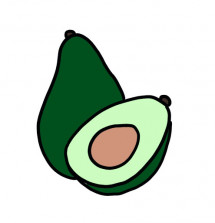
Your baby is about the size of an avocado and weighs approximately 100g.
Please visit www.nhs.uk/conditions/pregnancy-and-baby/16-weeks-pregnant/ for more information.

Your baby has grown in length and is now the length of a small banana and weighs approximately 300g. Around this time you will be offered your '20 week' scan, also known as the 'anatomy' or 'anomaly' scan.Click here for more information about screening.
This is a also a good time to talk and sing to your bump as your baby can now hear sounds. This is great way for you and your partner/family to bond with your baby.
Please visit www.nhs.uk/conditions/pregnancy-and-baby/20-weeks-pregnant/ for more information.
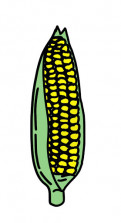
Your baby has grown again to the approximate length of an ear of sweetcorn and weighs about 600g.
Please visit www.nhs.uk/conditions/pregnancy-and-baby/24-weeks-pregnant/ for more information.
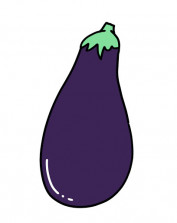
Welcome to the third trimester!
Your baby is now approximately the weight of an aubergine; about 1kg and approximately 37cm in length.
Please visit www.nhs.uk/conditions/pregnancy-and-baby/28-weeks-pregnant/ for more information.
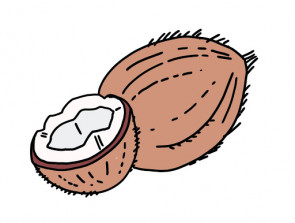
Your baby now weighs approximately the same as a coconut; around 1.5kg.
Please visit www.nhs.uk/conditions/pregnancy-and-baby/32-weeks-pregnant/ for more information.
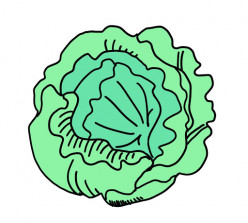
Your baby is now around the same size as a lettuce, approximately 47cm long and weighs around 2.6kg.
Please visit www.nhs.uk/conditions/pregnancy-and-baby/36-weeks-pregnant/ for more information.

Your baby is now the weight of a small watermelon which is approximately 3.3kg and around 50cm in length.
Please visit www.nhs.uk/conditions/pregnancy-and-baby/40-weeks-pregnant/ for more information.